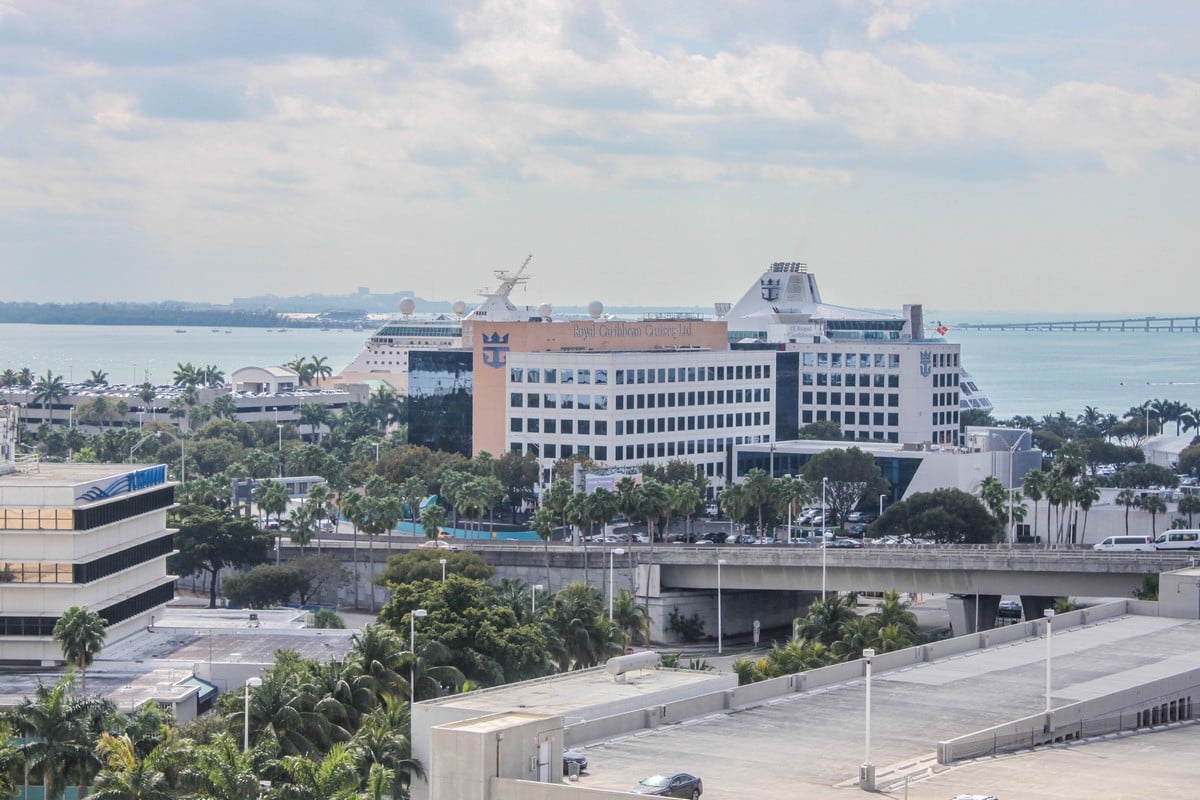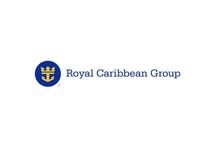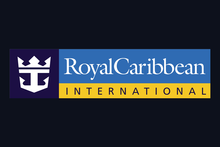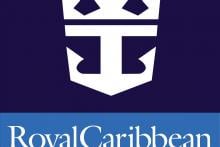Royal Caribbean Cruises Ltd. released its first quarter 2020 results to investors on Wednesday morning, outlining the impact of Coronavirus on its business in the first few months of the pandemic.

As expected, the global pandemic had a major impact on the business, with the cancellation of 130 sailings during the first quarter.
The Company reported US GAAP Net Loss for the first quarter of 2020 of $(1.4) billion or $(6.91) per share compared to US GAAP Net Income of $249.7 million or $1.19 per share in the prior year. The 2020 results include a non-cash asset impairment loss of $1.1 billion. The Company reported Adjusted Net Loss of $(310.4) million or $(1.48) per share compared to Adjusted Net Income of $275.8 million or $1.31 per share in the prior year. The Net Loss for the quarter is a result of the COVID-19 pandemic on the business.
"Responding to the dramatic change in business conditions caused by COVID-19 has required focus, dedication, ingenuity and improvisation from all our people, and their efforts have been nonstop," said Richard D. Fain, Chairman and CEO. "We understand that when our ships return to service, they will be sailing in a changed world. How well we anticipate and solve for this new environment will play a critical role in keeping our guests and crew safe and healthy, as well as position our business and that of our travel agent partners to return to growth."
Bookings update
Prior to the COVID-19 pandemic, bookings were strong and at higher prices on a prior year comparable basis.
Since then, the impact of the virus has seen booking volumes for the remainder of 2020 at meaningfully lower levels compared to last year, with prices down low-single digits.
Although still early in the booking cycle, the booked position for 2021 is within historical ranges when compared to same time last year with 2021 prices up mid-single digits compared to 2020.
As of April 30, 2020, approximately 45% of the guests booked on cancelled sailings have requested cash refunds. Additionally, as of March 31, 2020, the Company had $2.4 billion in customer deposits. The Company also continues to take future bookings for 2020, 2021 and 2022, and receive new customer deposits and final payments on these bookings.
Cost-cutting measures
RCCL is actively working on cutting costs to improve its cash situation, as well as secure additional financing. Steps taken include:
- Reducing operating expenses
- Reducing or deferring capital spend
- Increasing its available cash position through various financing sources
Among these efforts, the Company highlighted an approximate $4.0 billion increase in additional financing through a secured bond issuance and increased revolver capacity; a $3.0 billion reduction in its 2020 capital expenditures, a $0.8 billion 12-month debt amortization holiday from certain export-credit backed facilities, and a substantial reduction in its operating expenses due to the fleet layup and significant actions to meaningfully decrease the Company's sales, marketing and administrative expenses.
RCCL's cash burn is, on average, approximately $250 million to $275 million per month during a prolonged suspension of operations.
The Company is considering ways to further reduce the average monthly requirement under a further prolonged out-of-service scenario and during start-up of operations.
Once again, Royal Caribbean stated it believes COVID-19 has impacted shipyard operations and will result in delivery delays of ships previously planned for delivery in 2020 and 2021.
The future
Compounding the issue for Royal Caribbean is the fact its cruise ships are remain shut down as part of the global containment effort.
While it works to finish repatriating crew members to their home countries, the Company's future focus now turns to four key principles:
- Ensuring the safety of guests and crew
- Proactively enhancing liquidity
- Protecting the Company's brands, and
- Defining and preparing for a "new normal."
RCCL has engaged the services of distinguished external experts in relevant fields, including public health, epidemiology, design and sanitation, to bring additional expertise to its internal teams that are envisioning the Company's new standards and procedures for its return to service strategy.







